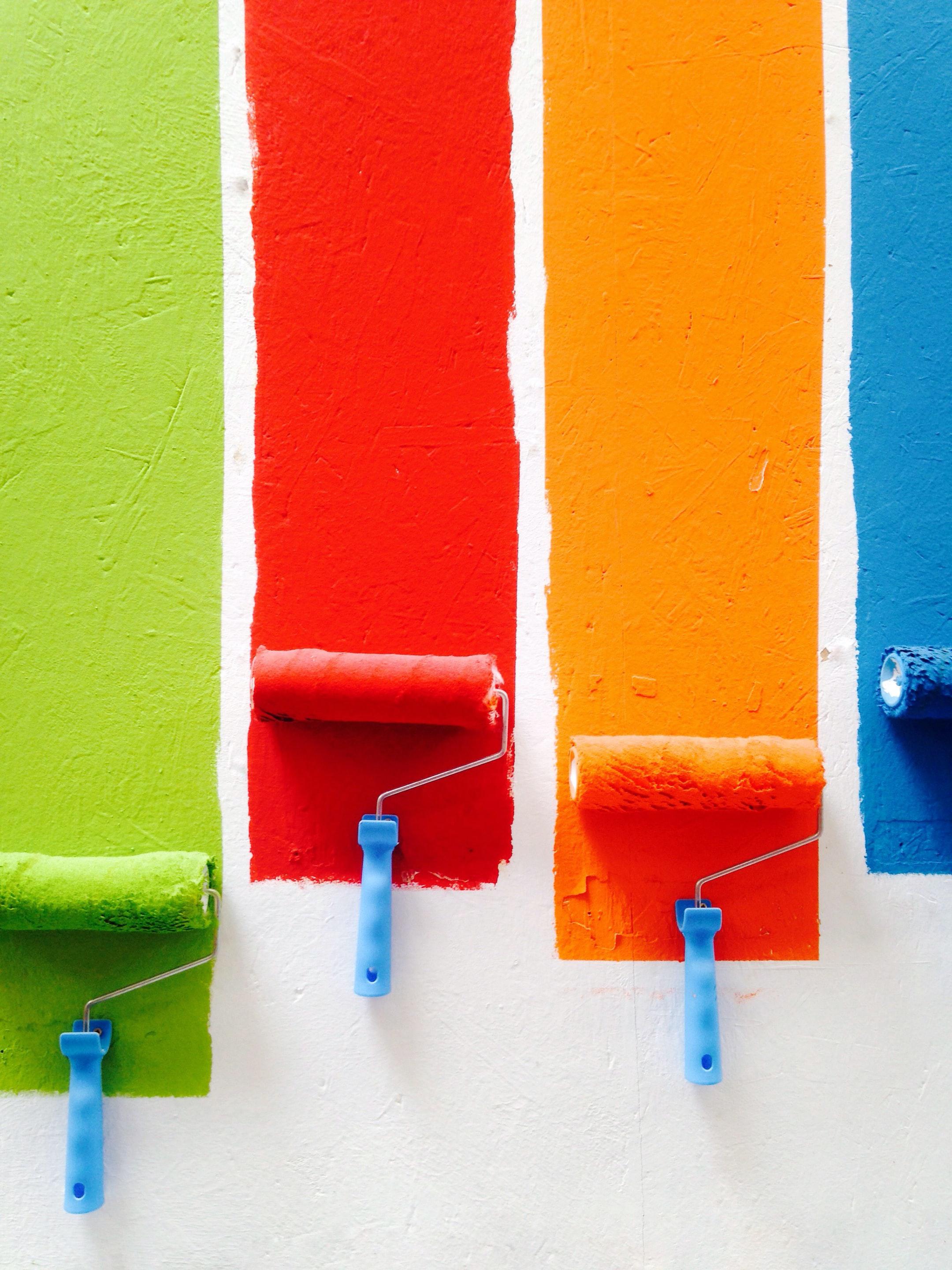
Painting is a great way to spruce up and renovate an interior space. And it’s also a project that you can do yourself. However, many homeowners find painting their home’s interior more complex than they initially imagined.
That’s because several factors can affect how much residential interior painting costs in the Greater Boston area. This article will explain several of the variables in detail below.
Below are six different factors that can affect residential interior painting costs.
The color that you choose to paint your home will impact the final costs for your painting project. If you go from a very light color to a profound one, you may need three to four coats to cover the old paint completely. This also works in reverse. In addition, painting white over dark wood trim requires several paint coats, so the stain and knots don’t bleed through. Yellows, reds, and other deep colors may also require more coats of paint to cover your walls adequately.

Surface preparation can increase or decrease your painting costs. If a lot of surface preparation is needed for the wood or drywall, you can expect to pay more. Some of the things taken into consideration with surface preparation include:

The size of your home dramatically impacts how much you will pay for an interior painting job. If you have a smaller house or are only painting smaller rooms, it will be less expensive than if you were to paint larger ones.

Lead paint was regularly used in homes built before 1978. If your home was built before this time and contains lead paint, it can cost up to 30% more to prepare your home for painting safely. The Environmental Protection Agency (EPA) has created specific rules and regulations around removing, collecting, and disposing of lead paint chips — taking more time for painters to complete a job.
When you hire a professional interior painter, you will want to ensure that they are a Lead Certified painter. Foregoing this can put your family in danger of breathing harmful lead dust.
My Color Magic Painting LLC is certified to remove lead paint from your home according to specific regulations.

When you want your wall and ceiling stained, an interior painter will likely need to add a stain-killing primer to hide the stain and knots to prevent future bleed-throughs. Hiding stains and knots is not a permanent fix — especially if you do not know what caused the stain. If you find water stains or mold on your walls or ceilings, consider getting it checked out by a professional plumber to diagnose the source and cause.

If your drywall has holes or your exterior wood is damaged, you will need to fix this before your house is painted by a professional. This will not only increase the amount of time it will take to complete the project but also increase the price.

Ready to spruce up your interior office space with a fresh coat of paint? My Color Magic Painting can help you learn how often you should have your commercial interior space painted, and provide the painting services your unique building needs.
Get in touch for a free estimation.